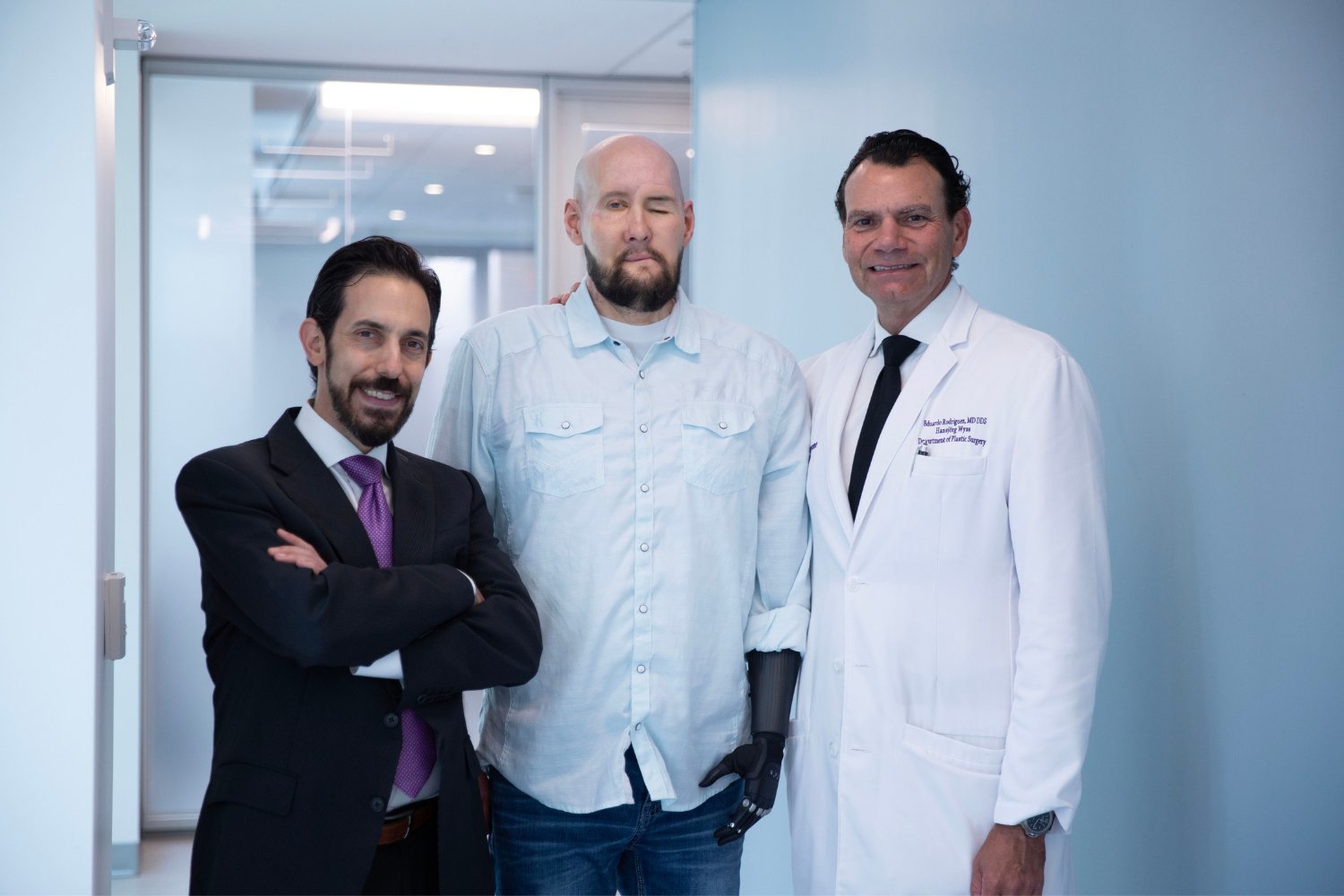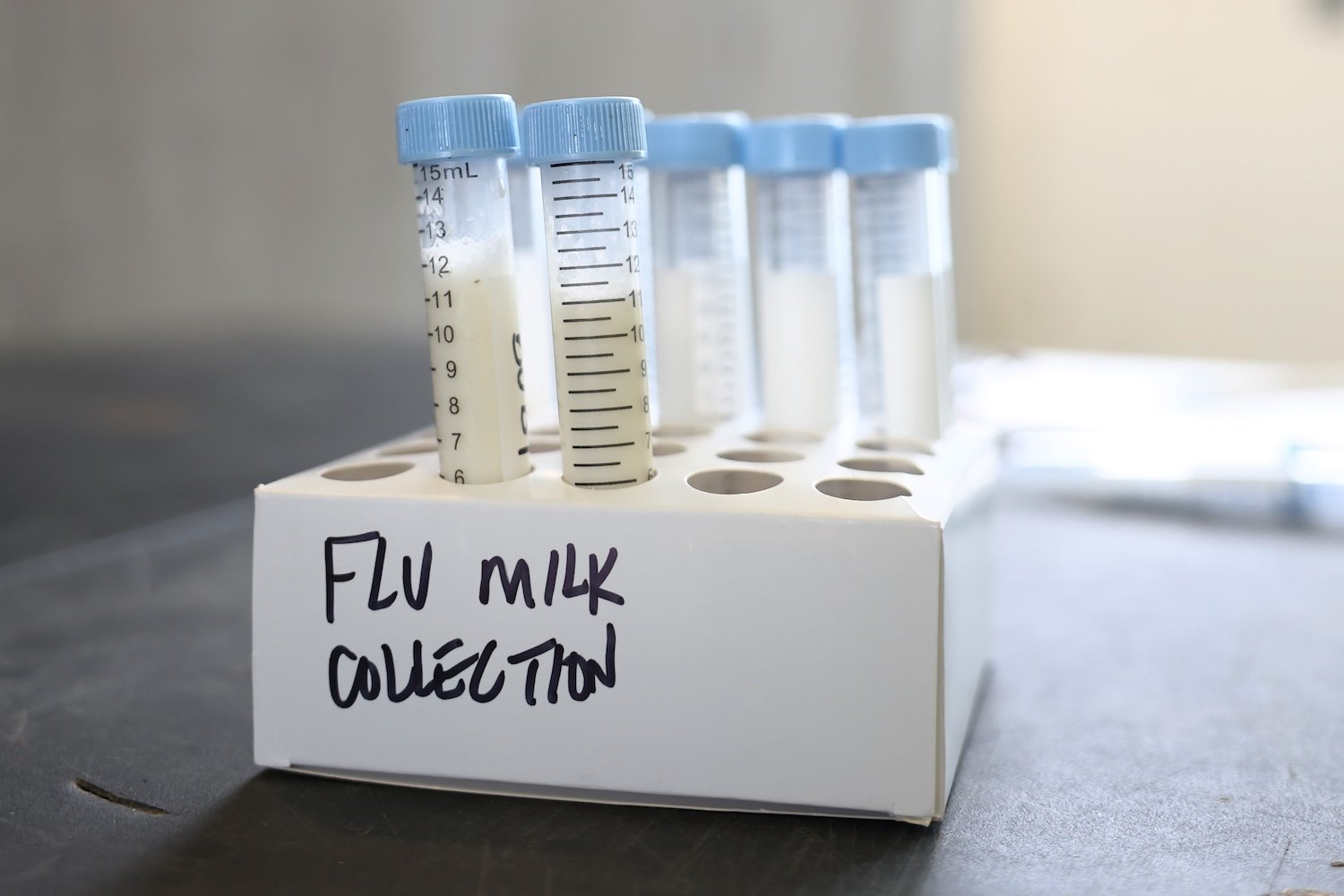Aaron James, the recipient of the world’s first combined full eye and partial face transplant, is doing well over a year after the groundbreaking surgery. A recent study published in JAMA by his medical team at NYU Langone Health details his progress and provides valuable insights for future transplant procedures. Although James isn’t expected to regain sight in the transplanted eye, his case has been instrumental in advancing the field of composite tissue allotransplantation.
James, a 46-year-old military veteran, suffered severe injuries to the left side of his face and eye from a high-voltage electrical accident. Initially, the plan was for a partial face transplant. However, recognizing the potential of current technology, the surgical team decided to attempt a full eye transplant along with the facial reconstruction, despite the low probability of restoring vision.
“Eye transplantation has been a long-discussed medical challenge,” explained Dr. Daniel Ceradini, one of James’ surgeons and the director of research at NYU Langone Health’s Hansjörg Wyss Department of Plastic Surgery. “The intricate network of tiny blood vessels and nerves makes restoring blood flow to the eye exceptionally difficult.”
The transplant, which took place in May 2023, was announced six months later. The JAMA paper now provides a comprehensive account of the 21-hour procedure, which included virtual surgical planning and the injection of donor-derived stem cells into James’ optic nerve to improve the chances of integration. Remarkably, the transplanted eye remains well-perfused, a significant achievement in eye transplantation.
“While James hasn’t regained vision, the presence of electrical activity in the retina and the sustained perfusion are major milestones,” Dr. Ceradini noted. “Equally important is the remarkable aesthetic outcome, which has profoundly impacted his quality of life and reintegration into society.”
The immunosuppressive therapy James receives is similar to that used for other organ transplants. The transplanted eye has maintained its pressure and hasn’t shrunk significantly, avoiding potential complications. While some cell loss occurred during the transplantation process, this highlights an area for improvement in future procedures. Although minor cosmetic revisions to his face might be considered, no further major surgeries are currently planned.
This groundbreaking case holds immense promise for future patients needing similar procedures. While complete vision restoration remains a goal, the success of this combined transplant represents a critical step forward.
“This achievement overcomes a significant hurdle in the pursuit of restoring vision,” Dr. Ceradini stated. “A multidisciplinary approach, meticulous planning, and rehearsal are essential for success in these complex cases.”
James is gradually returning to his normal life, even recently obtaining a new driver’s license with his updated appearance. “I’m essentially back to being a regular person, doing everyday things,” he shared in a statement. “This past year has been truly transformative. I’ve been given a second chance, and I cherish every moment.”











